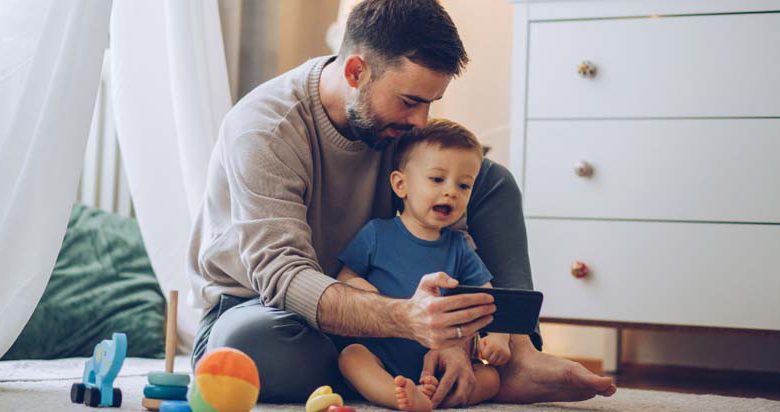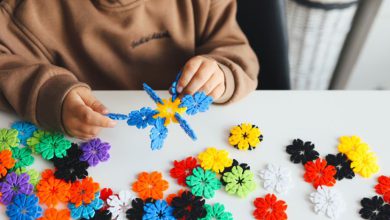Fact vs Fiction: Learning the Difference Between Make-Believe & Reality

Fact vs Fiction: Learning the Difference Between Make-Believe & Reality
If you sit a 2-and-a-half-year-old down and try to explain to them that their favorite cartoon character isn’t real, you’ll probably get a look like this …
Honestly, don’t waste your time trying to get them to understand. Research has shown that, at the earliest, kids don’t start understanding the difference between fiction and reality until the age of 3. Lots of educators and experts assert that they don’t fully understand the difference until they are 6 years old.
So what’s a parent to do before, during, and after this stage? Here are some tips.
Make-Believe & Reality for Younger Kids (0-3)
For itty-bitties, it’s fine to introduce them to fantasy and make-believe but make sure they have a healthy dose of reality in the games they play, the books they read, and the media they consume. To them, the realistic dog they read about in a book and the giant yellow bird on their TV are both very real. Too much make-believe can get overwhelming for them.
It’s also really beneficial for them to see their real world (cars, grocery clerks, and trees) repeated in the books they read, movies they watch, and games they play. Remember, the world is brand new to them! Everything is amazing.
There isn’t a problem with introducing make-believe elements at a younger age. Just understand that until they are older (4-6 years old), they won’t really grasp what you’re trying to say.
As you introduce fictional stories and topics, do it gently. For example, talk with them about whether or not the story they read in a book could really happen. And when they inevitably say that it could, don’t worry about trying to convince them that the story isn’t real. Use it as an opportunity to find out why they think it’s real and to continue the conversation about how some things are made up.
The great Fred Rogers (Mister Rogers’ Neighborhood) provided us with a great example of what it looks like to help kids separate the worlds of reality and make-believe. His puppet kingdom of The Neighborhood of Make-Believe is clearly separated from the “real” neighborhood in the show. And that was intentional. Rogers knew the kids watching his show were just beginning to understand the difference between what was real and what was fantasy. But he also wanted to show children using their imagination could help them learn about their own lives.
Make-Believe & Reality for Older Kids (3-6)
Some kids will start to realize that certain things are “stories” while other things are “real life” by the age of 3 or 4. This is when they really start to engage in imaginative play and create worlds and stories of their own. (Don’t fret if your toddler doesn’t seem to understand the difference. By the time they go to kindergarten, they will.)
For 3 and 4 year olds, imaginary friends can appear and pretend play becomes more realistic and detail-oriented. By the time they go to kindergarten, their pretend play is very social and fun.
Not only will preschoolers begin to engage through make-believe play, they’ll actually become quite the discerning little human. Studies have shown that children are just as likely to doubt that a situation is real as they are to believe it at face value. Their brains are actually very good at looking at something presented as fact, evaluating it, and thinking to themselves, “I’m not so sure about that.”
The less exciting thing about make-believe play is that it can stretch into telling untruths and lying. Help them find the line between make-believe and lying. When it’s obvious (at least to you) they’re telling a story, point it out by saying, “Wow, what a tale! We should write this down and tell your mom when she gets home.” If they’re getting shady with their story, point it out again a little less playfully. (For example, “Wait, this is a story, right? You’re not trying to convince me this is the truth, are you?”) Most lying that kids do starts out innocently. React calmly, and use these early exaggerations to talk about how telling stories is fine but using an untruth to manipulate other people is wrong.
The transition kids make into the realm of make-believe is unique and different for each child, so don’t worry about rushing them along. Meet them where they are, encourage them in their pretend play once they start, and help them find the line between imaginative play and straight up not telling the truth.
Need some ideas for imaginative play? Check out some of our additional parenting tips and tricks at littlesunshine.com/blog/.
Make It Up: Ideas for Imaginative Play
The Surprising Benefits of Imaginative Play
Let Kid’s Play …. in the Dirt





